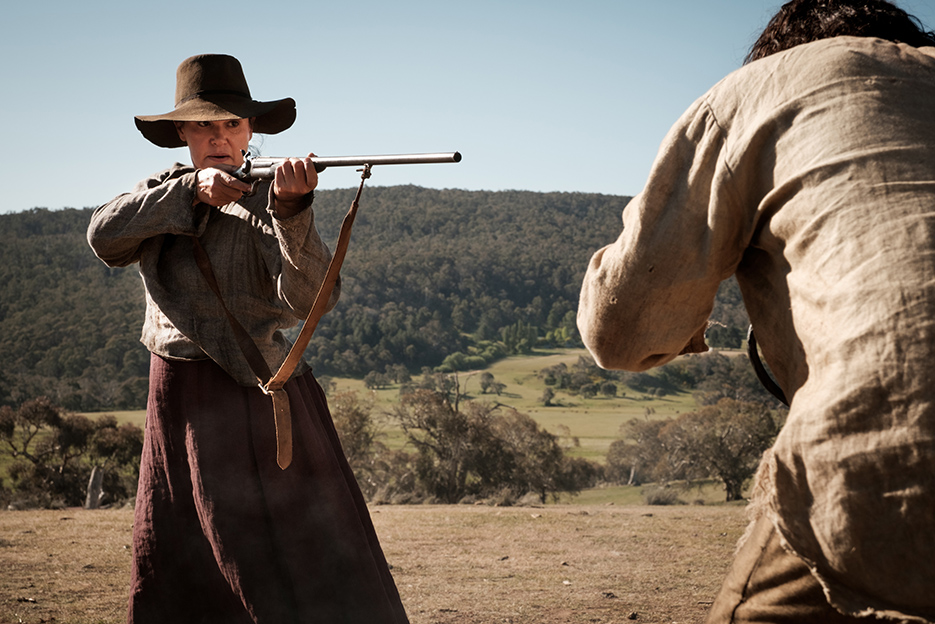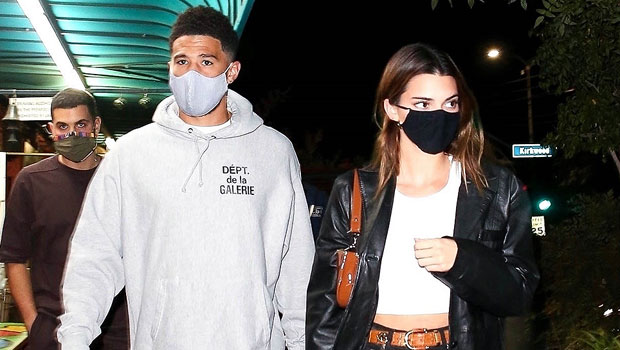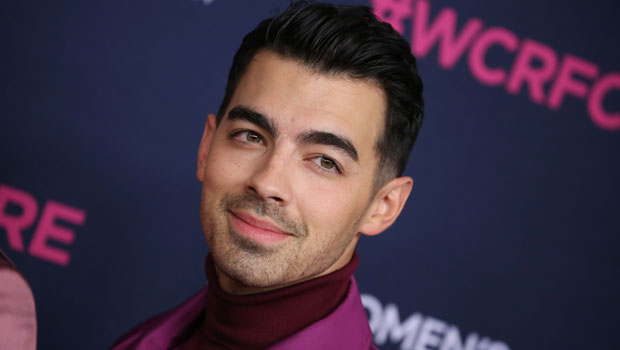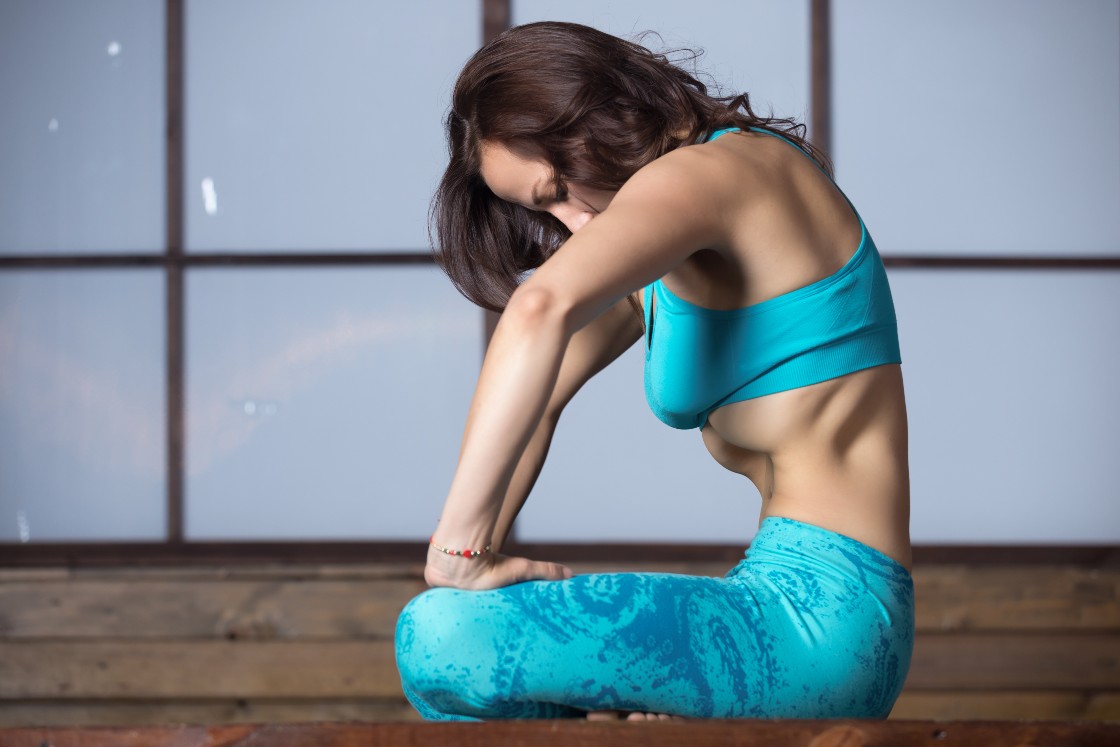Pick of the Day: “The Legend of Molly Johnson”
At first blush, “The Legend of Molly Johnson” comes across as a white feminist story. It sets itself up as a Western about a heavily pregnant woman who can shoot as well as any man and doesn’t care much...

At first blush, “The Legend of Molly Johnson” comes across as a white feminist story. It sets itself up as a Western about a heavily pregnant woman who can shoot as well as any man and doesn’t care much about anything besides her children, her husband, her home, and herself. But this adaptation of writer-director Leah Purcell’s acclaimed play and novel “The Drover’s Wife” — which are loosely based on a classic 1892 short story — has more up its sleeve than facile messages of women’s empowerment.
In the remote High Country of Australia’s Snowy Mountains, in 1893, Molly Johnson (Purcell) is waiting for her husband to return from a months-long stint droving sheep when she experiences a series of interactions that will upend her life. The mother of four’s sense of personal space and privacy is threatened by a visit from the new police sergeant (Sam Reid) and his suffragette wife (Jessica De Gouw), while an Aboriginal man on the run from the law, Yadaka (Rob Collins), clues her in on how little she knows about her own identity. Later, another constable (Benedict Hardie) calls on Molly, crossing paths with Yadaka and setting off a tragic chain of events.
The fact that Purcell is of Aboriginal (Goa-Gunggari-Wakka Wakka Murri) descent will probably tip you off about the discovery Molly makes regarding her heritage. But that’s fine, “The Legend of Molly Johnson” isn’t a mystery narrative, even if there are a few shocking reveals. Instead, it’s a social drama that’s dressed up as a folktale, providing a fresh take on a well-known narrative. As in the original story, the film centers an isolated, stoic woman doing whatever it takes to survive. Yet, in Purcell’s iteration, the woman isn’t only battling nature: she’s also facing down misogyny, racism, colonization, her own biases, and, yes, white feminism. There are a lot of ideas to take in while watching “The Legend of Molly Johnson” — commentary relating to Australia’s history of forcibly taking Indigenous children from their families; anti-Black racism in law enforcement; domestic abuse; nice white ladies who unwittingly hurt women of color; and Aboriginal tradition and identity — and it’s a credit to the filmmaker that that she weaves them in so organically. Nothing feels forced or undercooked.
The fierce love Molly has for her home and children is matched in the film’s gorgeous imagery and cinematography. The languid shots of the Australian wilderness, the gnarled trees, the never-ending sky, reflect the deep affection Purcell has for the High Country. Honestly, the scenery alone justifies transferring “The Legend of Molly Johnson” from the stage to the screen. Turning the camera to the landscape underlines the massive scope of what Molly is up against, hints at the innate connection she has to the elements, and drives home just how harsh, and beautiful, life is for her.
In an interview, Purcell told us she became a filmmaker “to tell First Nations stories, drawn mainly from [her] family history, giving heart and soul to otherwise politicalized First Nation issues.” Purcell’s heart and soul are on full display in “The Legend of Molly Johnson,” as are her clear commitment to social justice and intersectionality.
“The Legend of Molly Johnson” is now in theaters and available on VOD.

 KickT
KickT 































